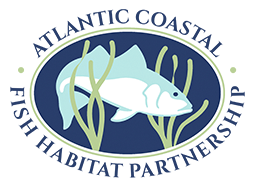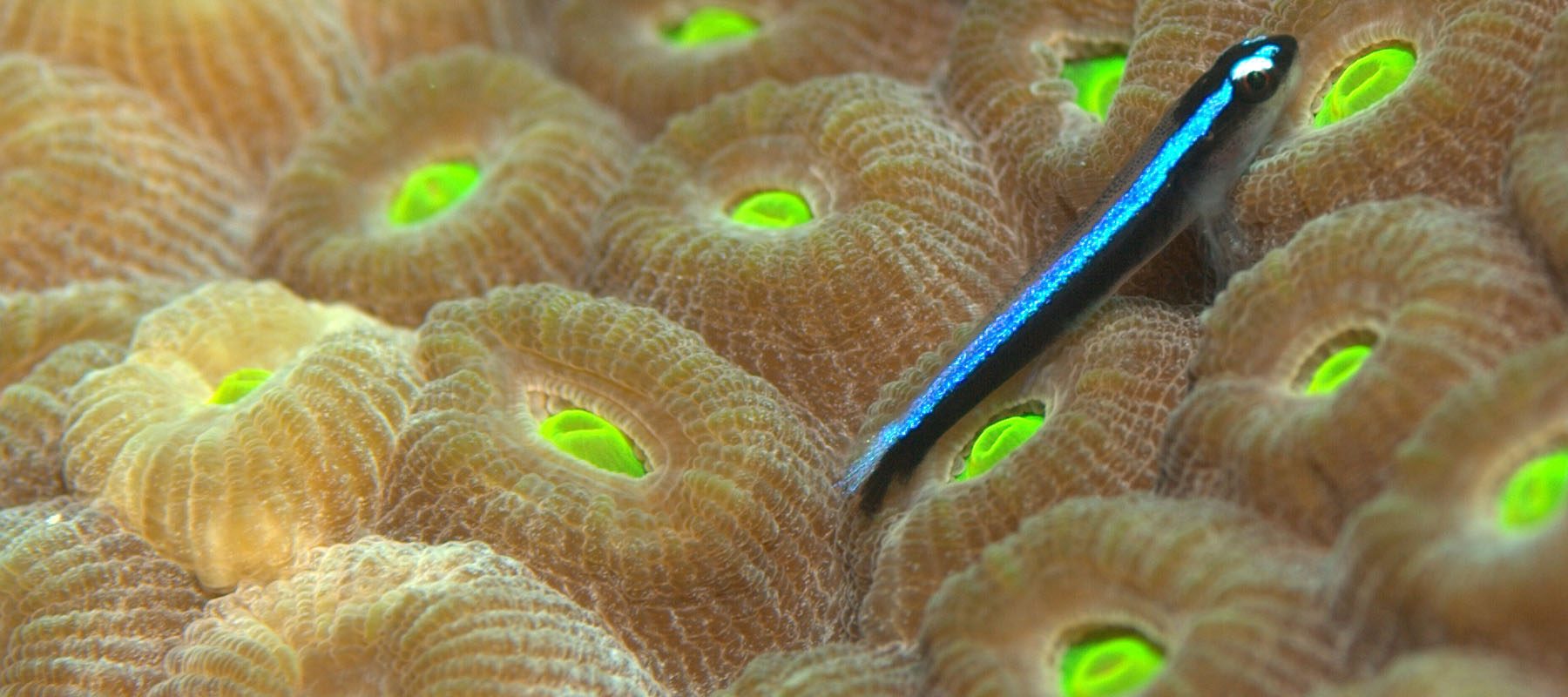Coral and Live/Hard Bottom on the Atlantic Coast
Reef-building corals are of the order Scleractinia. Coral accumulations are restricted to warmer water regions, where the average monthly temperature exceeds 18 °C (64 °F) throughout the year. Through symbiosis with unicellular algae, reef-building corals are the source of primary production in reef communities. A patch reef is an isolated, often circular, coral reef usually found within a lagoon or embayment.
Soft corals are species of the anthozoan order Alcyonacea. In contrast to the hard or stony corals, most soft corals do not possess a massive external skeleton (e.g. sea pens and sea fans). Anemones are cnidarians of the class Anthozoa that possess a flexible cylindrical body and a central mouth surrounded by tentacles. They are found in soft sediments.
Live rock is calcareous rock that is spatially removed from the vicinity of a coral reef with some of the life forms still living on it. These may include bacteria, coralline algae, sponges, worms, crustaceans, and other invertebrates.
Macroalgae are large marine multi-cellular macroscopic algae (seaweeds). There are three types: green, brown, and red. They can be found in habitats ranging from inshore to offshore.
Why Coral Reefs are Important
Known as the rainforests of the sea, coral reefs provide habitat to 25% of all marine life, even though they cover less than 1% of the seafloor.1 In addition to their ecological benefits, they protect coastal communities against storm surge, provide food for people and marine organisms, and are important sources of medicine.
As a tourist attraction for fishers and divers, the coral reef tract in southeast Florida contributes $5.7 billion annually to the regional economy and is responsible for supporting over 61,000 full and part-time jobs.2
Florida’s coral reefs, however, are dissolving at a faster rate than previously thought, and are dying at a rapid pace from white plague, a disease that showed up only in 2014.3
Threats to Coral and Live/Hard Bottom
ACFHP has determined the following are the greatest threats to coral reefs in South Florida:
- Dredging and coastal maintenance
- Water quality degradation and eutrophication
- Vessel operation impacts
- Contamination of water and sediments
- Invasive species and disease
- Climate change

